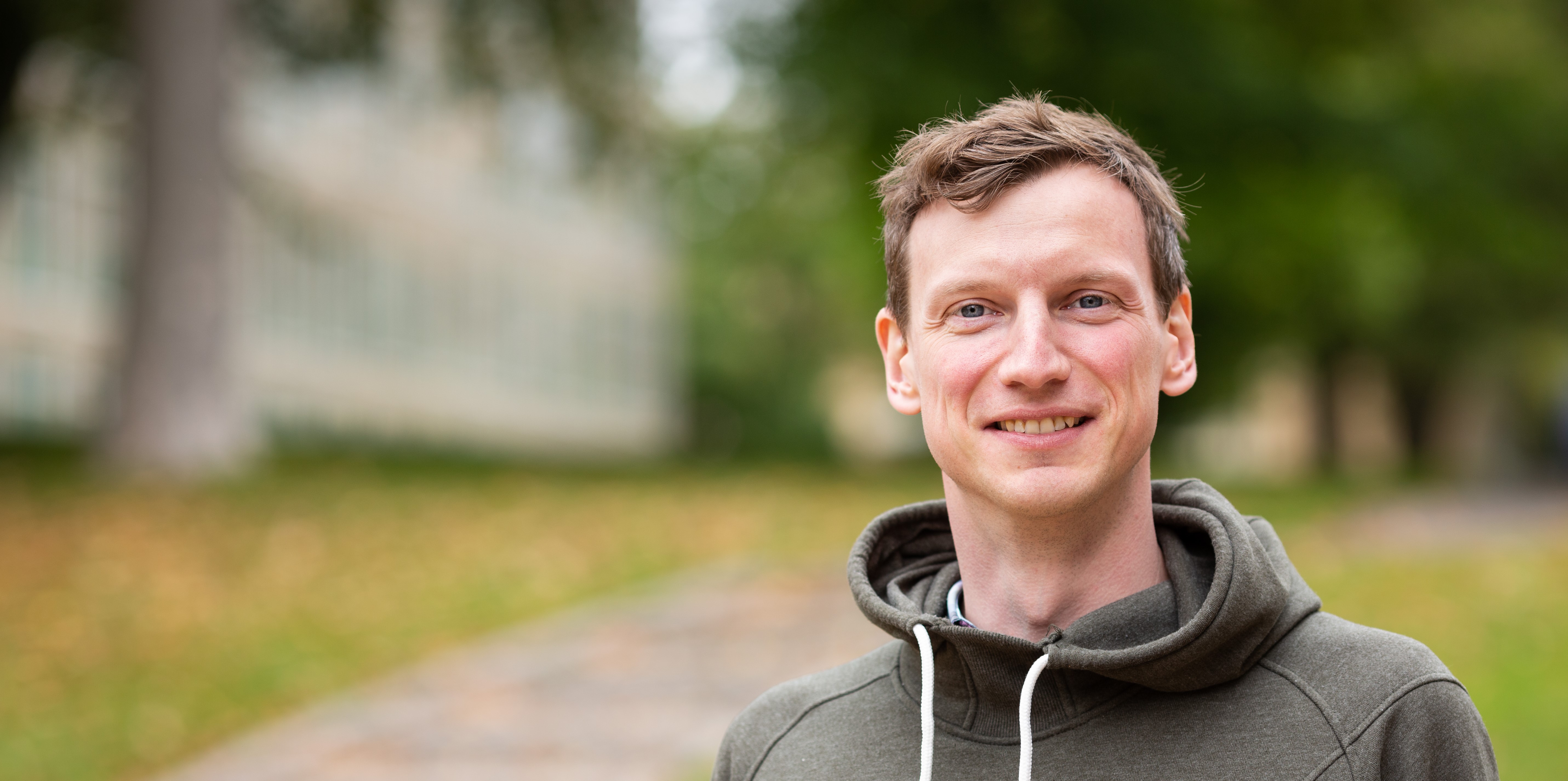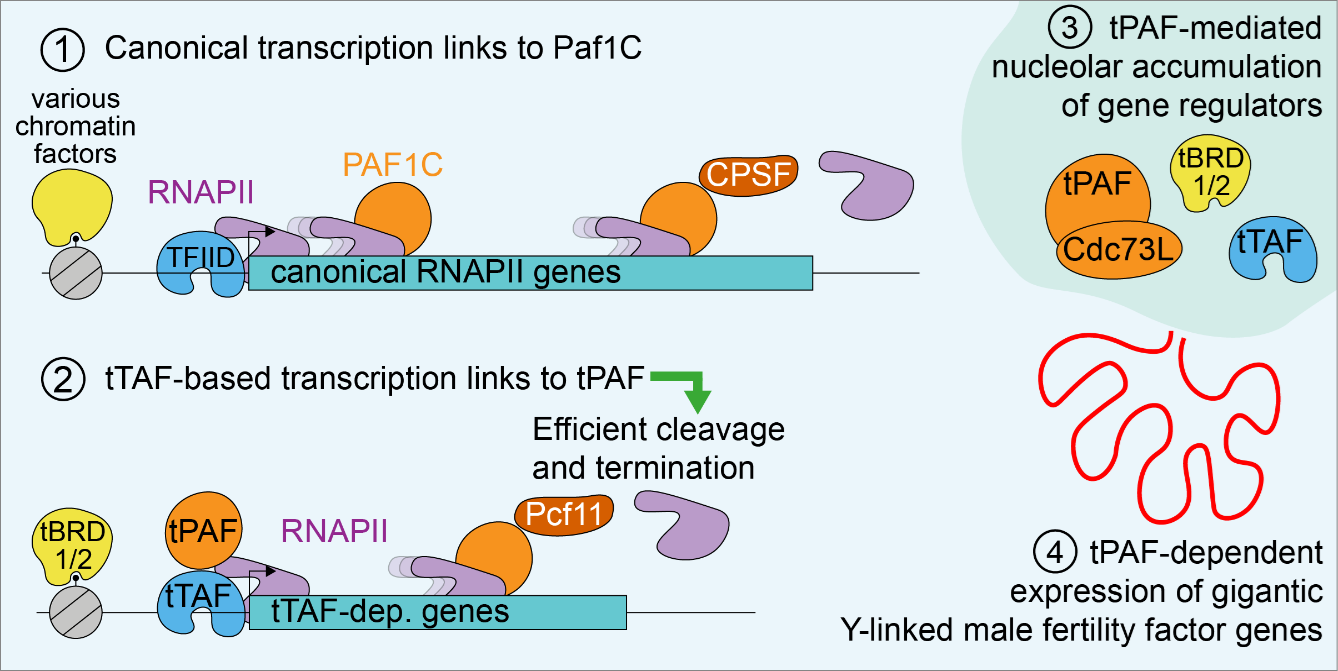New research started at AIAS shows how animal fertility relies on specialized gene copies
What if the key to fertility lies in genes we normally think of as junk? New research initiated by Peter Ebert Andersen while he was an AIAS-COFUND MSCA Fellow uncovers new insights into the molecular foundation of animal sperm development and fertility.



The new study led by Peter Andersen’s group at the Department of Molecular Biology and Genetics at Aarhus University in collaboration with researchers at the Australian National University reveals how certain genes, called paralogs, help ensure that genes are regulated correctly in specific cell types, which are crucial for the development and fertility of animals. These paralog genes are all relatively young in evolutionary terms and had been assumed to be so-called pseudogenes without any important functions.
Discovering tPAF gene expression essential in animal fertility
Peter Andersen and his colleagues discovered that a set of testis-specific paralog proteins form a complex called tPAF, which is essential for properly ending the gene activation that happens during sperm development. Without tPAF, many genes are incorrectly expressed, leading to problems with sperm development and male fertility.
The new study provides a detailed model of how tPAF and its general counterpart, PAF1C, function differently to regulate gene expression in a cell type-specific manner. This research highlights the critical role of testis-specific protein complexes in ensuring proper gene expression and fertility.
“This study is a great example of how generosity and collaboration amongst researchers can help catalyze big discoveries. My former postdoc colleague, Dr Rippei Hayashi, made the first key observations but instead of investigating further alone, he reached out to me and suggested that our groups work on this together. Our collaboration resulted in more profound discoveries than any of us could likely have made in isolation,” Peter Andersen explains.
A journey into the unknown
However, even in this collaborative setting, the research behind this study started as a journey into the unknown: “Our group’s first PhD student, Astrid Vilstrup, took this project much further than I had dared hope for. Starting from literally zero knowledge on five uncharacterized genes in the fruit fly animal model system, she uncovered the biochemistry and molecular as well as developmental function of the encoded proteins,” Peter Andersen acknowledges.
AIAS - a space to think big and daring
The academic environment at AIAS also played a key role in supporting the research project, as Peter Andersen describes it: “The supportive and creative environment at AIAS let us dare to take on this risky research journey into unknown territory, which turned out to be very rewarding. Environments like AIAS are important because they foster researchers to think big and daring, and I am very thankful for all I have learned during my time at AIAS.”
The scientific article behind the study
‘A germline PAF1 paralog complex ensures cell type-specific gene expression’ by Vilstrup et al in: Genes & Development, 27 September 2024:
https://genesdev.cshlp.org/content/early/2024/09/25/gad.351930.124.short
Contact
Peter Andersen, Assistant Professor
E-mail: pra@mbg.au.dk
Department of Molecular Biology and Genetics,
Aarhus University
Denmark
